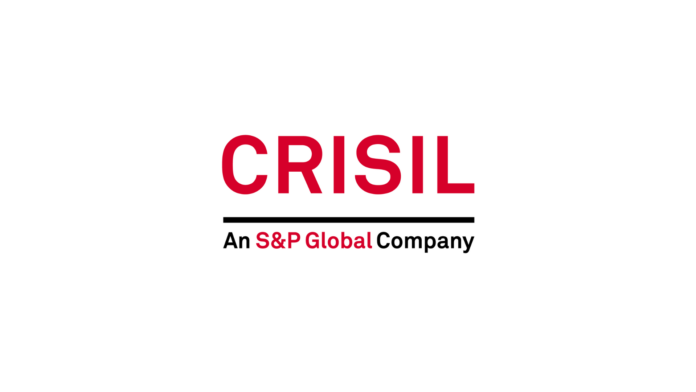Healthy balance sheets, pruned capex, to help limit pressure on credit profiles
For the first time in a decade, Indian agrochemicals makers will see a drop in revenue — by up to 3% on-year in fiscal 2024 (chart 1 in annexure) — for three reasons: one, falling prices globally following a supply deluge from China; two, muted demand for exports (~53% of revenues) owing to destocking by global manufacturers; and three, the impact of lower reservoir levels on rabi sowing.
Operating margins, too, may plunge by 400-450 basis points (bps) to a decadal low of 10-11% this fiscal (chart 1 in annexure), due to lower volumes and realisations, impacting cash accruals for agrochemicals players.
The current tepid demand is prompting agrochemicals manufacturers to prune capital expenditure (capex) plans. That, along with healthy balance sheets for most, should provide sufficient headroom to withstand business pressures.
An analysis of 48 companies rated by CRISIL Ratings, accounting for nearly 90% of the ~Rs 78,000 crore agrochemical sector as of fiscal 2023, indicates as much.
Says Poonam Upadhyay, Director, CRISIL Ratings, “Increased supplies of low-priced products from China prodded global agrochemicals companies to increase inventory by ~45 days between January and June 2023 (see chart 2). The subsequent destocking amid a slowing global economy led to slump in exports from India in the first half of this fiscal. However, with global manufacturers restocking before the onset of the cropping season in Latin America and the US — which accounts for ~55% of India’s exports — a recovery in overseas demand should begin from November 2023.”
Volume growth within India will be in low single digit this fiscal given that inventories with domestic manufacturers are high because of lower exports. Erratic monsoon, resulting in low reservoir levels and posing a risk to rabi sowing, which typically accounts for ~35% of domestic pesticide consumption, could also be a challenge.
Sluggish exports and domestic demand will weigh on the operating profitability of agrochemicals manufacturers. Already, the operating margin of most of them had shrunk 700-1,000 basis points on-year in the first quarter this fiscal due to substantial inventory losses following steep price erosion. With product realisation bottoming out and demand likely to pick up from the third quarter, operating profitability should improve sequentially. Yet it will be lower at 10-11% this fiscal, compared with ~15.2% last fiscal.
Says Shounak Chakravarty, Associate Director, CRISIL Ratings, “With sectoral challenges constraining cash flows, prudence in capital spend is imperative. CRISIL Ratings rated agrochemicals companies are expected to lower their annual capex by up to one-third this fiscal to ~Rs 4,000 crore to reduce reliance on external debt and keep debt metrics at adequate levels. Due to lower profitability, interest coverage and the ratio of total-debt-to-Ebitda1 are expected to moderate yet shall remain comfortable at ~6.4 times and ~1.5 times, respectively, this fiscal, compared with ~10 times and ~1.0 time, respectively, last fiscal.”

